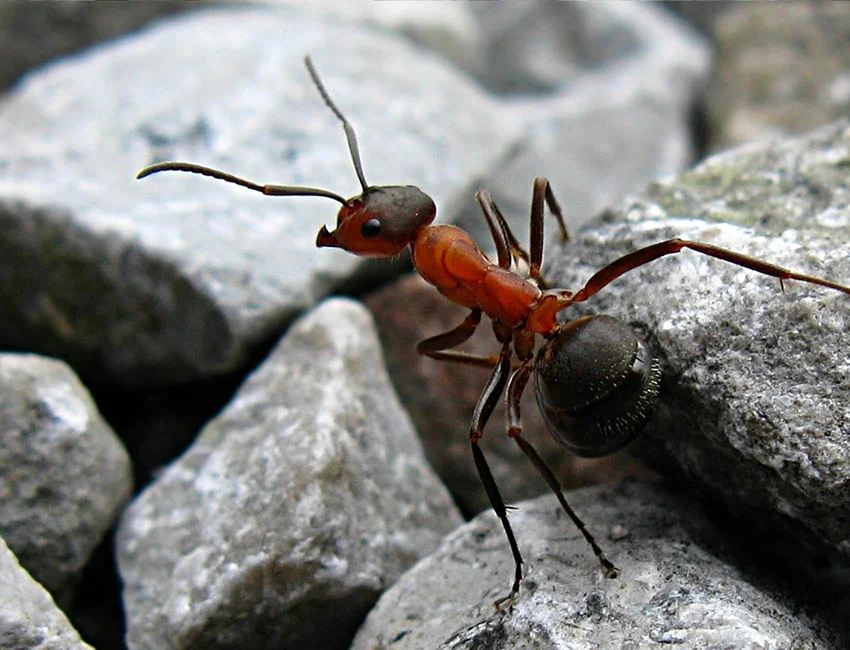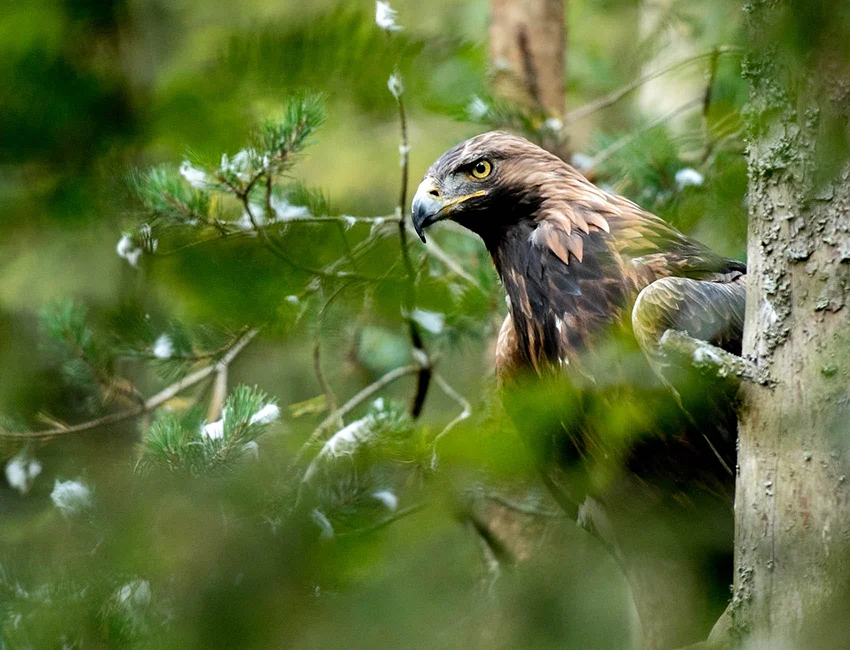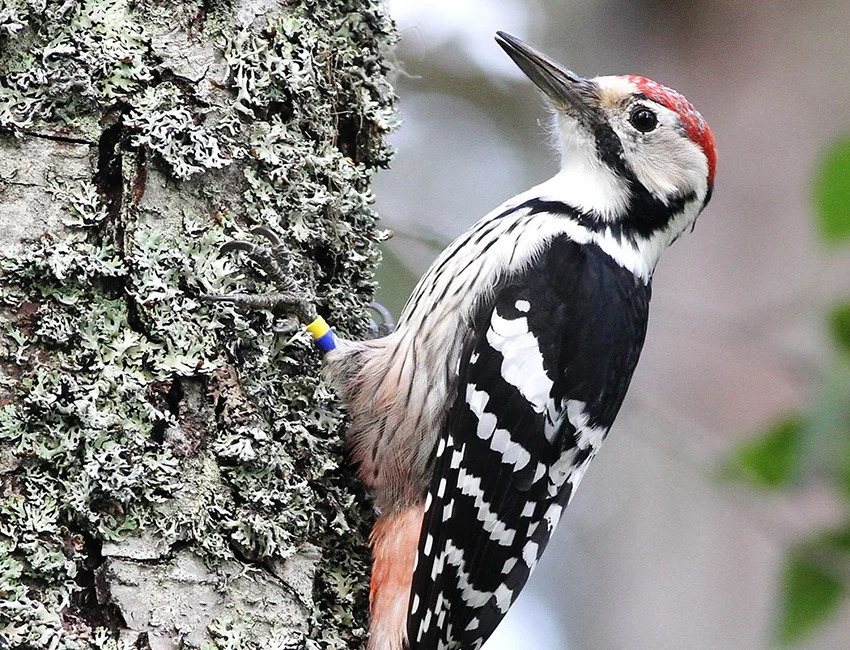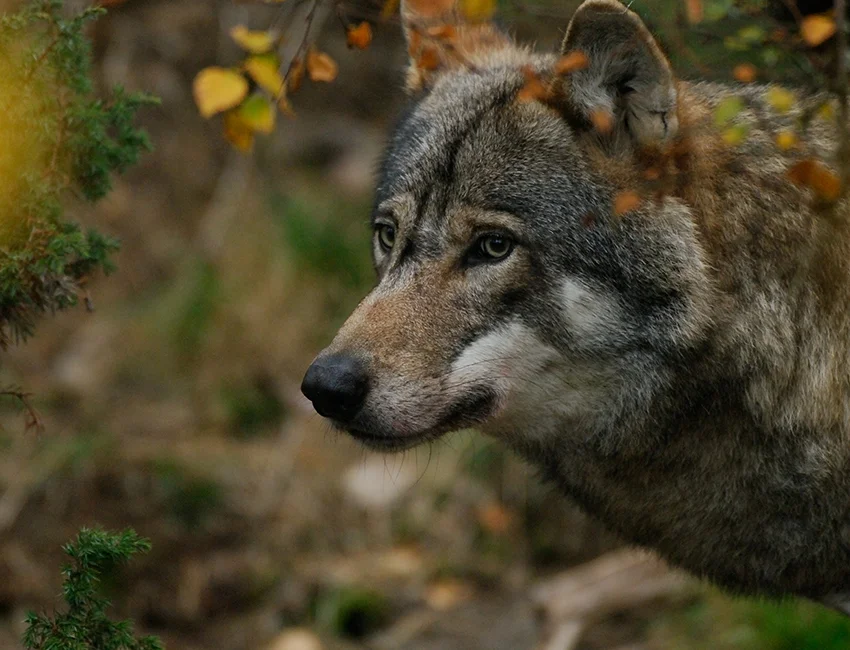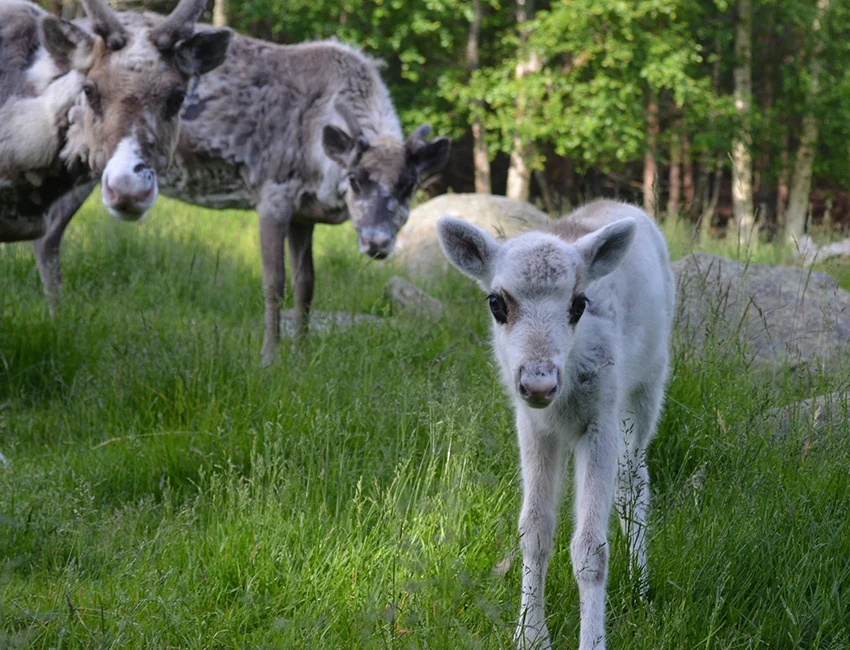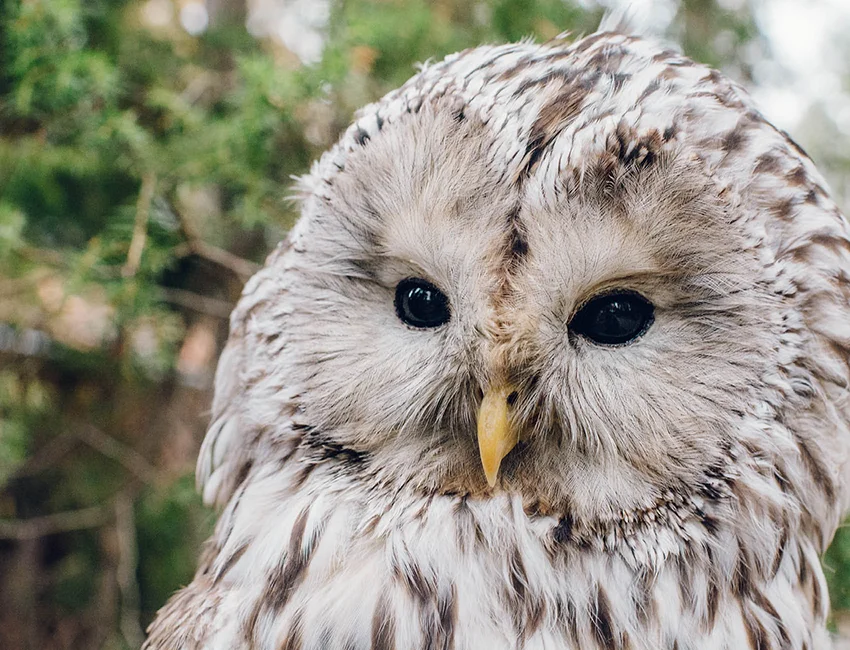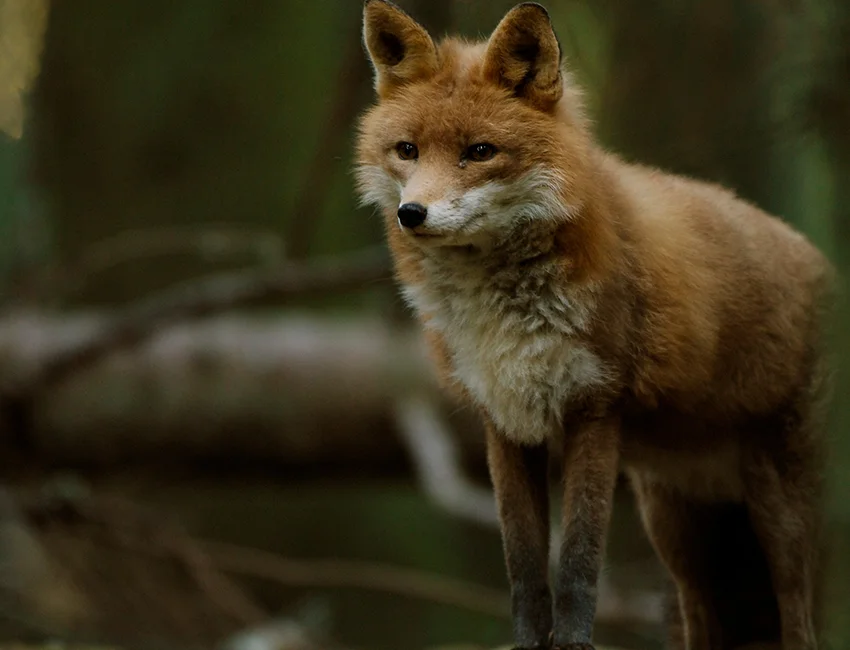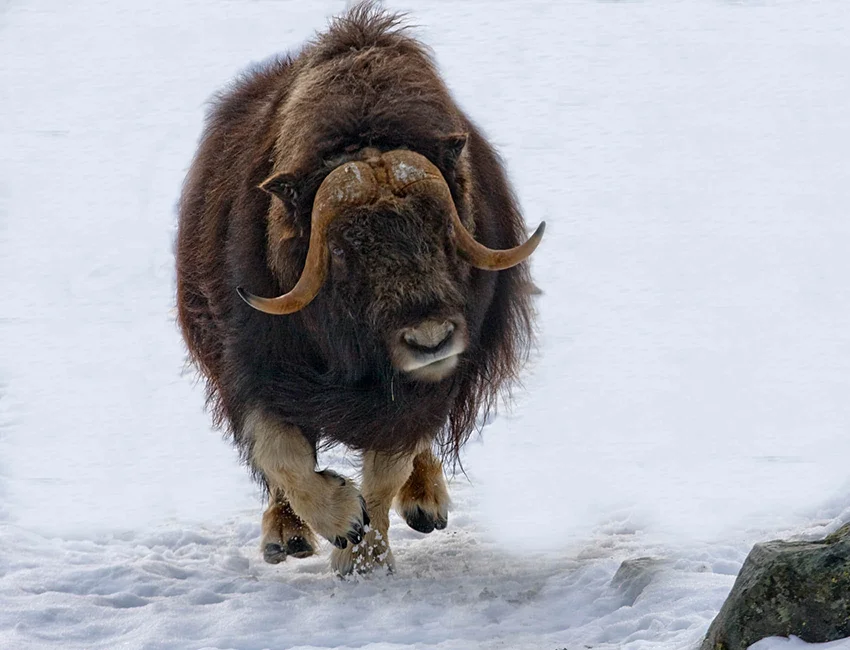The eurasian eagle-owl
Bubo bubo
The Eurasian eagle-owl is the world’s largest owl. Its sonorous hoot used to be a common sound in large parts of Sweden, but in the middle of the 20th century the number of these owls dropped dramatically. Environmental toxins, reduced number of nests and persecution are thought to be the causes. After transplanting 1000’s of eagle-owls, it is now back.
Did you know that
The Eurasian Eagle Owl is the world’s largest owl and it used to be heard quite often in large parts of Sweden but in the mid-20th century the number decreased dramatically. Environmental hazards, reduced habitats and persecution are considered to be the causes.
The largest have a wingspan of up to 170 cm. With distinctive ear tufts and orange eyes, they are a yellow brown underneath with dark streaks and mottled darker blackish colouring and tawny on the top. They typically nest on cliff ledges, in gullies, among rocks or in other concealed locations and usually pair for life.
Did you know that
The Eurasian eagle-owl is believed to have been saved thanks to conservation projects.
The Eurasian eagle-owl’s sound can reach over 4 km.
It can live up to 30 years.
Despite its size, a Eurasian eagle-owl weighs no more than 2-3 kg.
Fact
Class: Bird
Scientific name: Bubo bubo
Conservations status: VU
Size: The Eagle Owl is the world’s largest and heaviest owl. Between 60-75 cm long, 59-73 cm tall, and with a wingspan of 138-170 cm. The female is significantly larger than the male.
Weight: 2-4 kilo.
Number of eggs: 1-6
Conservation status







